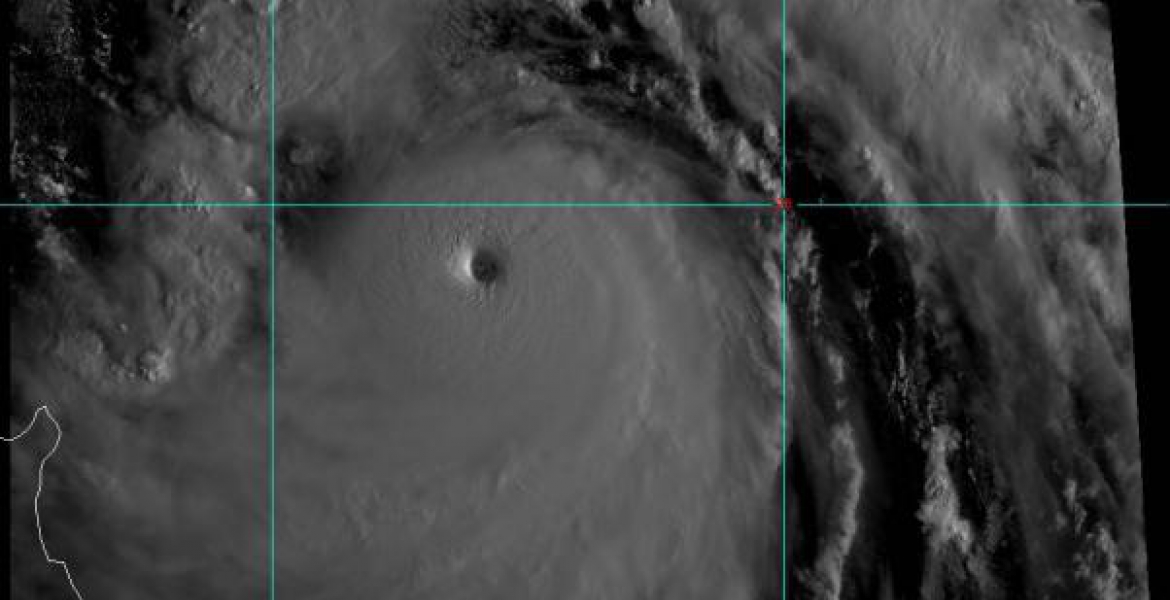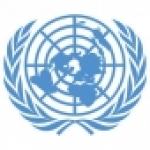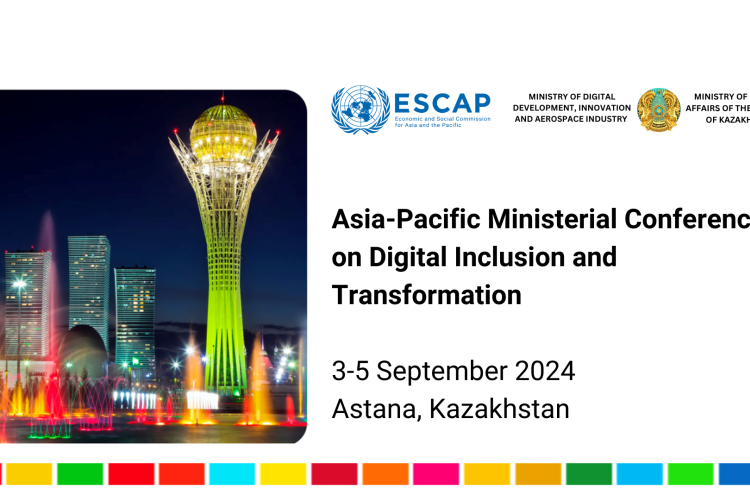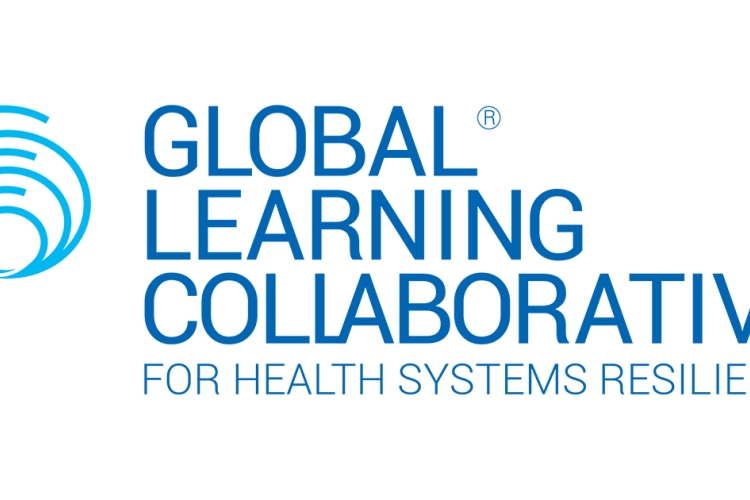Members of the ESCAP/WMO Typhoon Committee adopt a new Five Year Strategy
The forty-ninth session of the ESCAP/WMO Typhoon Committee was held in Yokohama, Japan, from 21 to 24 February 2017. The Session was attended by 98 participants from 13 of the 14 Members of the Typhoon Committee, namely: Cambodia; China; Hong Kong, China; Japan; Lao People’s Democratic Republic (PDR); Macao, China; Malaysia; Philippines; Republic of Korea; Singapore; Thailand; United States of America (USA); and the Socialist Republic of Viet Nam.
Representatives of United Nations Economic and Social Commission for Asia and the Pacific (ESCAP), World Meteorological Organization (WMO) and Typhoon Committee Secretariat (TCS) also attended the Session, joined by observers from the Asian Disaster Reduction Center (ADRC), the Joint Typhoon Warning Center (JTWC), the International Federation of Red Cross and Red Crescent Societies (IFRC), and the higher education institutes of Japan such as Tohoku University, the University of the Ryukyus, and Yokohama National University.
The ESCAP/WMO Typhoon Committee is an inter-governmental body organized under the joint auspices of the Economic and Social Commission for Asia and the Pacific (ESCAP) and the World Meteorological Organization (WMO) in 1968 in order to promote and coordinate the planning and implementation of measures required for minimizing the loss of life and material damage caused by typhoons in Asia and the Pacific. The Typhoon Committee develops activities under three substantive components: meteorology, hydrology, and disaster risk reduction (DRR), as well as in training and research. The mission of the Typhoon Committee is to reduce the loss of lives and minimize social, economic and environmental impacts caused by typhoon-related disasters through integrated and enhanced regional collaboration.
During this 49th session, the delegates adopted the new Typhoon Committee Strategic Plan 2017-2021, which presents clear priorities, targets, and Key Results Areas (KRA). The development of the Strategic Plan was based on various international and regional frameworks, protocols, and action and strategic plans relevant to tropical cyclones in the region. It is closely aligned with the Sendai Framework for Disaster Risk Reduction 2015-2030.
Five Key Results Areas (KRAs) were identified for the next five years (2017-2021). These are defined as the critical, overarching, priority areas of special interest for the Typhoon Committee. The five Key Results Areas are:
- KRA 1: Enhance capacity to monitor mortality and direct economic loss caused by typhoon-related disasters;
- KRA 2: Enhance capacity to generate and provide accurate, timely and understandable information using multi-hazard impact-based forecasts and risk-based warnings;
- KRA 3: Improve typhoon-related flood control measures and integrated water resource management;
- KRA 4: Strengthen typhoon-related disaster risk reduction activities in various sectors, including increased community-based resiliency with better response, communication, and information sharing capability;
- KRA 5: Enhance TC’s regional and international collaboration mechanism.
The delegates were introduced to the ESCAP-led regional component of the International Network of Multi-hazard Early Warning System (IN-MHEWS) and approach to impact-based forecasting. In order to shape the regionalization of IN-MEHWS, ESCAP and its partners will co-organise a technical session for collaboration and partnership building at the Multi-Hazard Early Warning Conference in Cancun from 22 to 23rd of May 2017.
Discussions were held on the collaboration between ESCAP, the Typhoon Committee and Panel on Tropical Cyclones. Building on the success of the first phase of the Synergised Standard Operating Procedures (SSOP) project, further funding and technical support is foreseen for a second phase. The partnership aims to promote regional cooperation and expand the technical skills of National Meteorological and Hydrological Services (NMHSs) and National Disaster Management Offices (NDMOs) to develop Standard Operating Procedures. The ten countries involved in the project include Bangladesh, Cambodia, Lao PDR, the Maldives, Myanmar, Pakistan, the Philippines, Sri Lanka, Thailand and Viet Nam.
During next year’s annual session in Viet Nam, the delegates will celebrate the 50th anniversary of the Typhoon Committee.
---
Multi-hazard early warning systems offer common opportunities for addressing the DRR and resilience-related goals and targets of the SDGs, Sendai Framework, and the Paris Agreement. Recognizing its important enabling role, ESCAP has accorded priority to the implementation of regional strategies for multi-hazard early warning systems. In this respect, ESCAP's efforts in Yokohama are to strengthen and extend regional cooperation mechanisms for early warning of natural hazards, in support of the 2030 Agenda for Sustainable Development.
Photo: WMO







